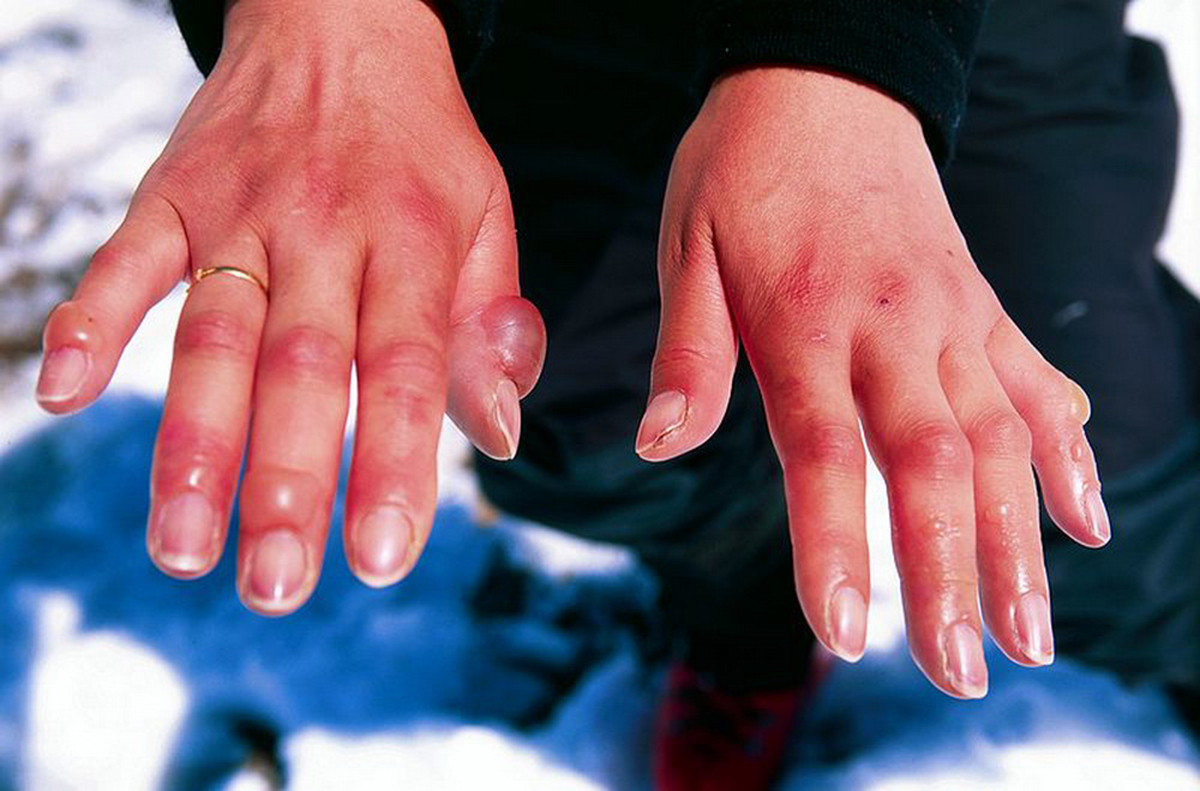Table of Contents
Cold winters have a nasty tendency to increase the rate of burn injuries, as people the world over find themselves near open flames and fireworks. But there are many kinds of burns and varying degrees of severity. When can a burn be handled at home, and when do you absolutely need to abandon self-help efforts to seek medical attention?
What Is a Burn?
A burn is any level of skin or tissue injury that arises from an excess of heat, or from chemicals, electricity, or even radioactivity. Skin is the body's largest organ and it is your first line of defense against infection. Burns breach the barrier, increasing your risk of infection and decreasing your body's ability to remain hydrated and function normally. The risks increase with the severity of the burn, so burns are classified very carefully to help doctors and other medical professionals develop the best possible treatment plan.

First Degree Burns
First degree burns, or superficial burns, are burns that only affect the outermost layer of skin. These epidermal burns are characterized by redness, swelling, and tenderness. With first degree burns, the skin remains unblistered and heals fairly quickly. The most common type of first degree burn is sunburn, something most people experience at some point or another in their lives.
Second Degree Burns
Partial-thickness burns, also called second degree burns, affect the outer layer of the skin and penetrate some of the dermal layer that lies beneath the epidermis. These are extremely painful burns. The area of injury is bright red, the skin blisters, and scars may be left when the wound finally heals. These burns can heal well without excessive intervention, but can be very serious if they affect more than 20 percent of an adult's external body or more than 10 percent of a child's.
Third Degree Burns
Full-thickness burns require immediate medical attention. These burns injure all layers of the skin and can extend down through the underlying muscles. Blood vessels and fat tissue are destroyed when someone sustains a third degree burn. As serious as they are, third degree burns are painless because the nerves in the skin are obliterated. The remaining skin at and around the site of the burn is pale, gray, and blackened.
Dry burns are very common in and around the home. Open flames are the usual source, as well as coming into contact with something hot, such as a toaster or heated cooking pan. Cigarettes are regular offenders also.
Scalds, or wet burns, are common at home also. Reaching a hand over a pot of boiling water can result in a scald from the steam. A splash of hot coffee or spattering oil from a frying pan can give a wet burn.
Less common, but very deadly, are electrical burns. These usually occur in an industrial setting with exposure to low or high voltage current. There's also the rare lighting strike. In all cases, the electrical current burns its way into, through, and out of the body, leaving entrance and exit wounds as well as a path of internal injury.
Radiation burns happen frequently, thanks to the huge nuclear reaction in the sky that we call the sun. Fortunately, most are mild. Radiation burns can also occur with high exposure to x-rays or to radioactive material. Or a nuclear blast.
Read More: Older Adults And Burns
Both industrial and residential settings are hosts to chemical burns. These can be very insidious as chemicals can settle on the skin or be inhaled, causing damage to the lungs. Household items such as fertilizers and cleaners can be just as deadly as chemical warfare agents.
Finally, cold injuries are burns too. Frostbite causes the same type of damage as a heat burn. Contact with cold objects (sticking your tongue to a piece of frozen metal comes to mind) or with cold substances like liquid oxygen or nitrogen will result in burns.
- Burn. (2001). In Taber's Cyclopedic Medical Dictionary (pp.295-298, Edition 19). Philadelphia, PA: F. A. Davis Company.
- Photo courtesy of Winky by Wikimedia Commons : commons.wikimedia.org/wiki/File:Frostbitten_hands.jpg
- Photo courtesy of Jennie Kiger by Flickr : www.flickr.com/photos/tannaidhe/8367564611/


Your thoughts on this